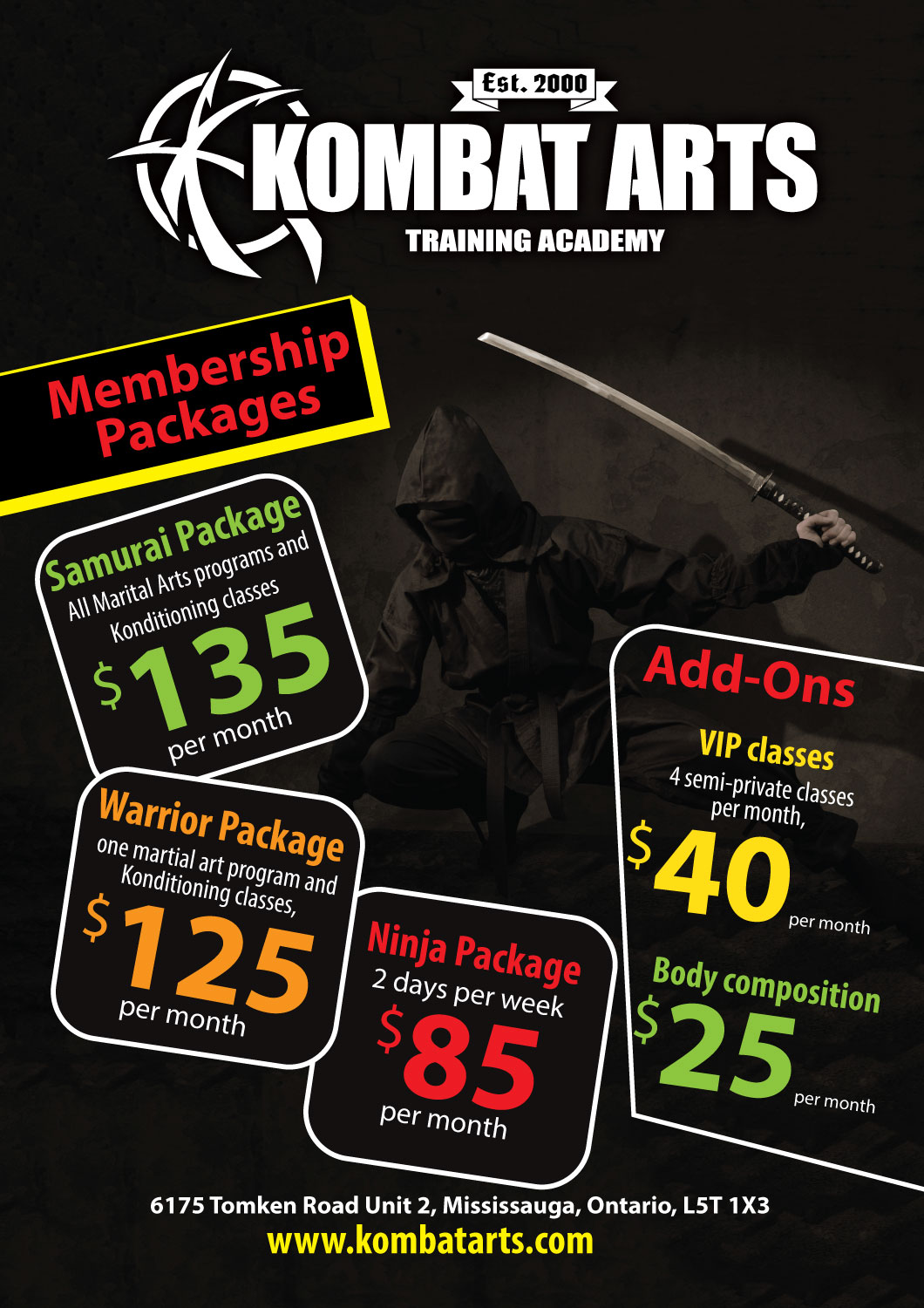Trick Distinctions In Between Typical Martial Arts And Modern Fight Sports: An In-Depth Evaluation
Trick Distinctions In Between Typical Martial Arts And Modern Fight Sports: An In-Depth Evaluation
Blog Article
Author-Keith Snedker
When you think of martial arts, do you lean more towards the traditional practices or the contemporary fight sporting activities? Each path supplies unique advantages and experiences, formed by their approaches and training approaches. Conventional martial arts emphasize personal development and self-control, while modern-day combat sports concentrate on competitors and performance. Recognizing these differences can lead you in selecting the right approach for your journey. However exactly how do these differences materialize in training and ideology?
The Viewpoint and History Behind Standard Martial arts
While lots of people connect martial arts with physical combat, the viewpoint and history behind typical martial arts run much deeper. You'll locate that these disciplines stress individual growth, self-control, and respect.
Stemming from ancient techniques, standard martial arts were often developed for Self-Defense and spiritual advancement. They symbolize principles such as balance, consistency, and self-control, directing specialists past plain battling skills.
As you train, you'll not just discover methods however likewise get insights into the culture and worths that shaped these arts. The rituals and practices, typically passed down through generations, promote a sense of area and belonging.
The Competitive Nature of Modern Battle Sports
Modern combat sporting activities have transformed the landscape of martial arts into an extremely affordable field, where professional athletes take on in a test of skill, technique, and endurance.
You'll observe that competitors are often organized with strict rules and policies, guaranteeing fair play and security. These occasions bring in large target markets, sustaining the exhilaration and intensity of matches.
Professional athletes train rigorously, not just for physical expertise but additionally for psychological strength, knowing that every information counts in the ring. what's the best martial art to use on a kid throughout competitors is apparent, as fighters press their limits to declare success.
Fans appreciate the athleticism and artistry included, making modern combat sports a thrilling phenomenon that continues to evolve and mesmerize fanatics around the globe.
Training Methods and Techniques: A Relative Evaluation
The affordable atmosphere of modern fight sports demands cutting-edge training techniques that vary dramatically from traditional martial arts.
In modern-day training, you'll concentrate on specific strategies, competing, and conditioning, commonly using drills that simulate real fight circumstances. You'll see a focus on measurable efficiency and constant competitors to examine your skills.
On the other hand, traditional martial arts prioritize forms, katas, and philosophical trainings, usually emphasizing technique and regard over competition.
martial arts gyms near me is typically less extreme and might include repeated technique instead of real-time sparring.
While both strategies construct skill and health and fitness, modern combat sporting activities supply an extra vibrant and versatile training setting, preparing you for immediate challenges in the ring or cage.
Select the course that lines up with your objectives and rate of interests.
Conclusion
In picking between standard martial arts and contemporary combat sports, it actually comes down to what you value a lot of. If you're seeking individual growth, self-control, and a feeling of neighborhood, traditional arts could be your finest fit. But if you thrive on competitors and real-time difficulties, modern-day battle sporting activities could be the way to go. Inevitably, both paths supply unique benefits, so it's all about straightening your training with your personal objectives and interests.
